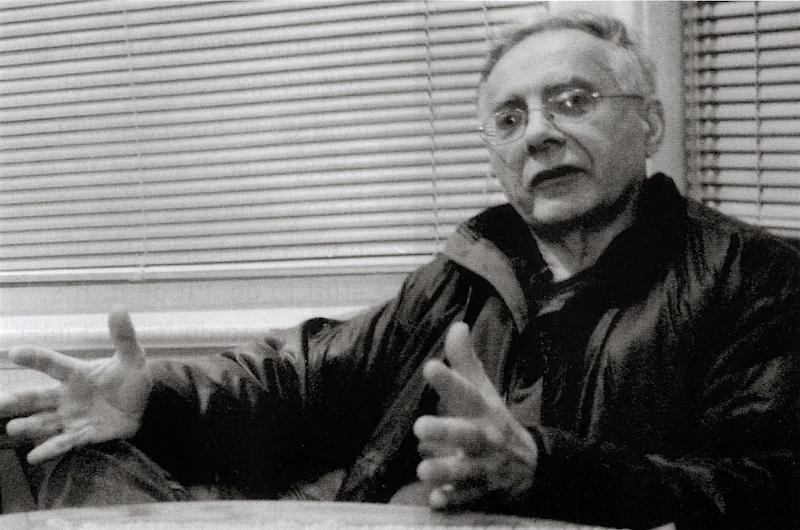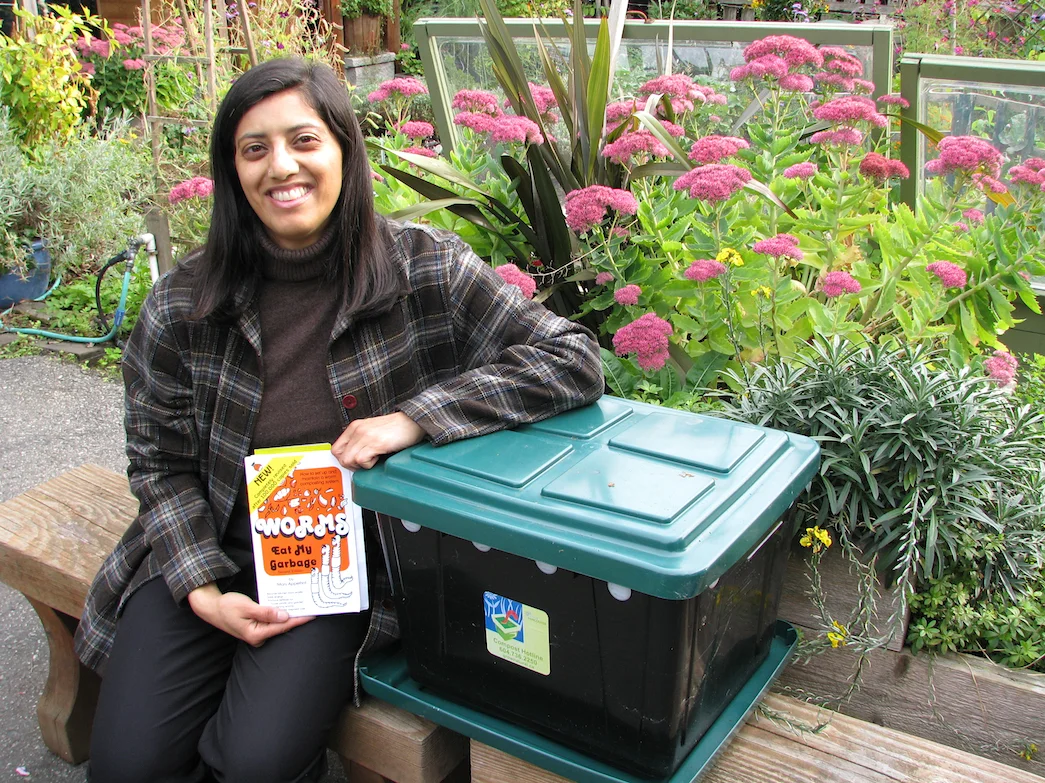Ten of us from the Vancouver Urban Sketchers arrived at City Farmer in Kitsilano for a couple hours of careful observation. Leaves, flowers, gates, structures, people, and tools! Neighborhood details peeked in over the greenery. Tall trees provided shade.
Read MoreAND WHEREAS City Farmer has done excellent and cost effective work for the City of Vancouver and the communities of Greater Vancouver,
Read MoreA major influence on us was a story on Integral Urban House in Berkeley, California, in the January 1978 issue of Atlantic magazine, and a book by two of the house founders‚ William and Helga Olkowski‚ titled The City People’s Book of Raising Food.
Read MoreCity Farmer was born in 1978 at the Vancouver Community Conservation Centre (VCCC), a six-month project created by Canada’s Federal Ministry of Mines, Energy and Resources set up to teach people about ‘energy conservation’.
Read More
We published 12 issues between August 1978 and May 1981. Two of the original writers are today prominent Canadian journalists – Kerry Banks and Terry Glavin.
Read MoreOur projects has been accomplished by the amazing work of many individuals. Here are a few of the staff who have contributed their time and effort over the years.
Read MoreSo energy was really foremost in my mind. I just thought food was an obvious example. If you could grow it, and compost it, it would undercut a massive amount of energy transport. So it was an obvious one to study.
Read More“You certainly can save money. Everybody should grow something whether on a balcony, a patio or your backyard,” she said, adding that only a few basic tools are needed for home gardening.
Read More
Eventually, the entire roof will be decked to protect the roof membrane. And co-op members are now looking at several designs for the layout of the garden, put together by UBC landscape architecture students.
Read MoreThe garden began to take shape on a warm fall Sunday in 1981, when 11 people met in the backyard of the newly opened centre at Maple Street and Sixth Avenue, overlooking the Burrard Bridge, which spans False Creek and leads to downtown Vancouver.
Read MoreThe window/gate is made of “obtainium”, materials that were collected and recycled from close to our location. Most striking in the assemblage are parts from the century old railway, such as spikes left behind by the crews who took up the old tracks.
Read MorePeople using indoor bins can collect their compost every three to four months. After separating the wriggler worms from the new soil, they can start all over again
Read MoreWe acquired some locally sourced hop rhizomes and created a large container garden, which we filled with a combination of our own backyard compost, vermi-compost and municipal made compost.
Read MoreKarin Jager’s beautiful ‘Urban Gardens’ poster has graced our office walls for more than three decades.
Read MoreWhen completed, the tool shed will have a living green roof, a surrounding bench area and an impressively sculpted cob cooking oven.
Read MoreCity Farmer's demonstration garden was chosen as one of three pilot sites for this alternative to the growing number of asphalt lanes.
Read MoreSince we started our Demonstration Garden in 1981, we have greeted thousands of visitors from around the world. People of all ages enjoy learning about our many projects. The youngest children are excited by worms and our fairy garden,
Read MoreIn April of 1985 City Farmer received both a Federal 'Canada Works' grant and Vancouver Park Board approval for the development of the Strathcona vacant land.
Read MoreIf Vancouverites plowed under their lawns and boulevards and planted beans or potatoes, brussels sprouts or kale – they could supply the entire Lower Mainland with fresh veggies.
Read MoreLevenston recommends that wooden compost bins be constructed “like a cage,” covered on top and bottom and on all sides with half-inch hardware cloth, a strong (20 gauge) wire
meshing. Any bin not enclosed is an invitation to rats, which shelter in the warm bins.



















